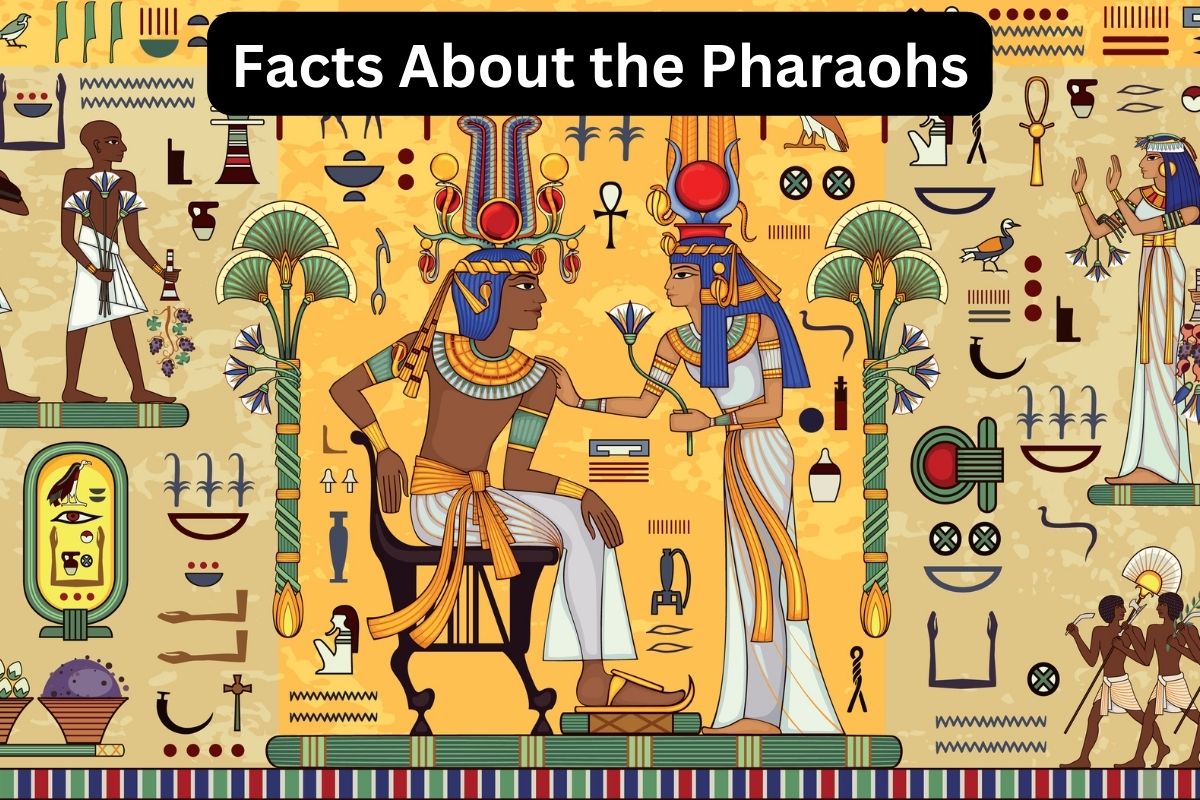Pharaohs were the rulers of ancient Egypt, who held both political and religious power. They were considered to be the living embodiment of the gods on earth and were responsible for maintaining order and balance in society.
Pharaohs oversaw the construction of grand temples and monuments, and their military conquests were a major part of their legacy.
They were often buried in elaborate tombs filled with treasures, and their belief in the afterlife was a significant part of their religion.
In this article, we will explore some fascinating facts about the pharaohs and their reign over ancient Egypt.
Egyptian Pharaohs Facts
1. Pharaohs were considered to be the living embodiment of the gods
Pharaohs were the rulers of ancient Egypt and were considered to be the living embodiment of the gods on earth.
Also Read: Egyptian Pharaohs Timeline
The word “pharaoh” comes from the Egyptian word per-a-a, which means “great house” and referred to the royal palace and the king’s household.
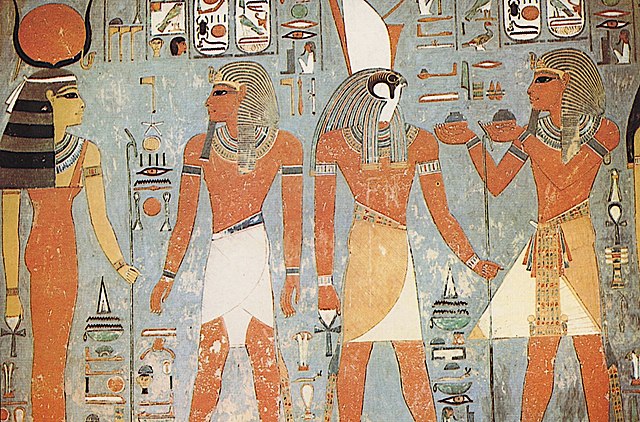
The pharaohs were believed to have divine authority and were considered to be the intermediaries between the gods and the people.
They were seen as the protectors of their people, responsible for ensuring the prosperity and safety of their kingdom.
2. The role of the pharaoh was not just political but also religious
The role of the pharaoh was not just political but also religious. As the living embodiment of the gods, the pharaoh was responsible for ensuring that Ma’at, the ancient Egyptian concept of order and balance, was maintained in society.
The pharaoh was also responsible for conducting religious ceremonies and rituals, and it was believed that the success of these ceremonies was essential for the well-being of the kingdom.
3. The pharaohs had a complex system of administration
The pharaohs were powerful rulers, but they did not rule alone.
Pharaohs had a complex system of administration, which included officials such as the vizier, who acted as the pharaoh’s right-hand man.
The vizier was responsible for overseeing the day-to-day running of the kingdom, and he was often the highest-ranking official in the government.
Other officials included the nomarchs, who were responsible for governing the various regions of Egypt, and the scribes, who were responsible for keeping records.
The pharaohs relied heavily on their officials to help them govern their kingdom effectively.
4. The first pharaoh of Egypt was Narmer
The first pharaoh of Egypt was Narmer, who united Upper and Lower Egypt around 3100 BCE. Narmer was also known as Menes, and he is often considered to be the founder of the first dynasty of Egypt.
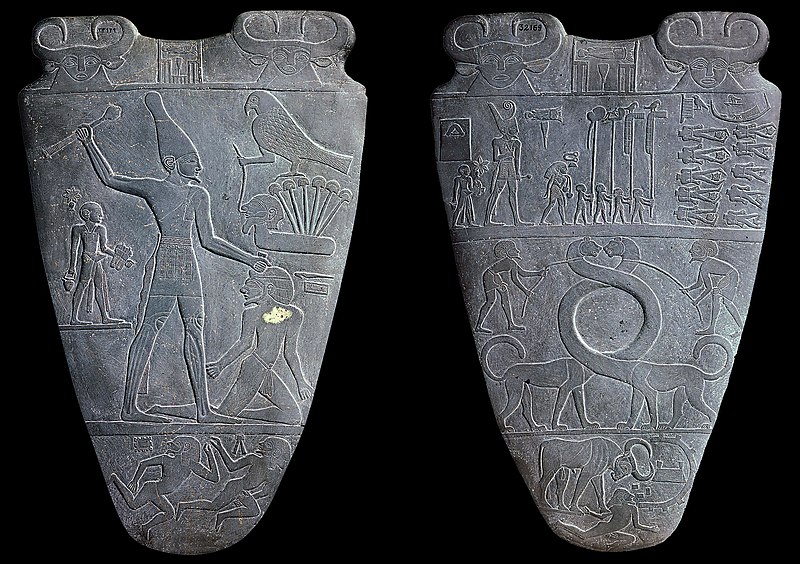
Narmer’s unification of Upper and Lower Egypt was a significant event in Egyptian history, as it brought together two distinct regions under one ruler.
5. The pharaohs were believed to have access to the afterlife
The pharaohs were believed to have access to the afterlife, and many tombs were filled with treasures and offerings to ensure a successful journey.
It was believed that the pharaohs would be judged by the god Osiris in the afterlife, and their success or failure in the judgment would determine their fate.
To ensure a successful journey, the pharaohs were buried with treasures and offerings, and their tombs were often filled with funerary texts, such as the Book of the Dead, to guide them through the afterlife.
6. The most famous of all pharaohs is Tutankhamun
The most famous of all pharaohs is Tutankhamun, who became king at the age of 9 and died at the age of 18.
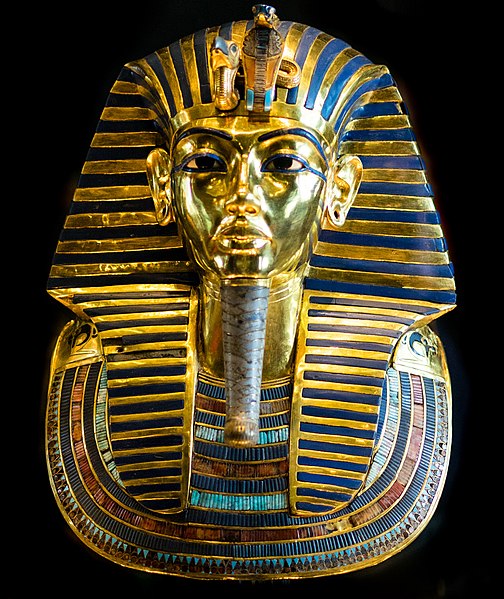
Tutankhamun’s reign was relatively short and uneventful, but his tomb, which was discovered in 1922 by archaeologist Howard Carter, contained a vast array of treasures, including his golden death mask.
The discovery of Tutankhamun’s tomb was a significant event in the history of archaeology, and it sparked a renewed interest in ancient Egypt.
7. They wore the Nemes headdress
Pharaohs were often depicted in art wearing the Nemes headdress, a striped headcloth with a cobra on the front.
The Nemes headdress was worn by the pharaohs as a symbol of their divine authority and power.
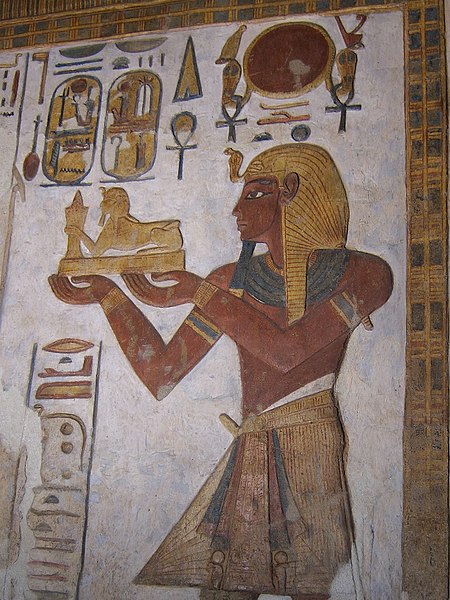
The cobra on the front of the headdress was the Uraeus, a symbol of protection in the form of a rearing cobra. The Uraeus was believed to ward off evil and protect the pharaohs from harm.
8. They were depicted wearing the traditional false beard
Pharaohs were also depicted wearing the traditional false beard, which was made from real hair or woven from linen.
The false beard was a symbol of divinity and was worn by the pharaohs as a symbol of their connection to the gods.
The false beard was often seen as a symbol of power and authority, and it was a key component of the pharaohs’ regalia.
9. The pharaohs believed that monuments would ensure their eternal life
The pharaohs were responsible for overseeing the construction of temples and monuments, such as the Great Pyramids.
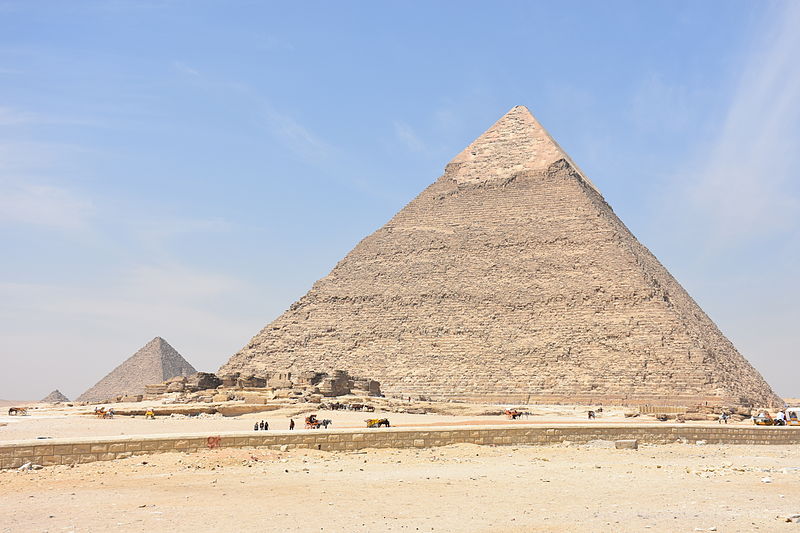
The construction of these monuments was a massive undertaking, requiring the labor of thousands of workers.
The pharaohs believed that these monuments would ensure their eternal life in the afterlife and would serve as a testament to their power and authority.
10. Queens played an important role in Egyptian society.
Pharaohs were often depicted in art with their wives, who played an important role in Egyptian society.
The pharaoh’s wife was known as the queen, and she was often seen as the mother of the nation.
The queen had significant influence and power, and she was responsible for managing the household and the royal children.
11. The pharaohs were known for their military conquests
The pharaohs were known for their military conquests, with many successful campaigns against neighboring lands.
The pharaohs’ military strength was a significant factor in their power and authority, and they were responsible for maintaining Egypt’s borders and protecting their people from foreign threats.
They were also known for their use of chariots in battle, which gave them a significant advantage over their enemies.
12. The pharaohs worshiped many gods
The pharaohs had a complex system of religion, which was centered around the worship of many gods and goddesses.
They were believed to be the intermediaries between the gods and the people, and they were responsible for conducting religious ceremonies and rituals.
The pharaohs also built many temples throughout Egypt, which were dedicated to the gods and goddesses. These temples were often decorated with elaborate carvings and paintings, which depicted the pharaohs and the gods in various scenes.
13. The last pharaoh of Egypt was Cleopatra
The last pharaoh of Egypt was Cleopatra, who ruled from 51 BCE until her death in 30 BCE. Cleopatra was a member of the Ptolemaic dynasty, which was descended from one of Alexander the Great’s generals.
Cleopatra was known for her intelligence and beauty, and she is often remembered for her romantic relationships with Julius Caesar and Mark Antony.
After the defeat of Mark Antony and Cleopatra at the Battle of Actium in 31 BCE, Egypt became a province of the Roman Empire, bringing an end to the pharaohs’ reign.
